Web Mentor - Web Development Mentorship
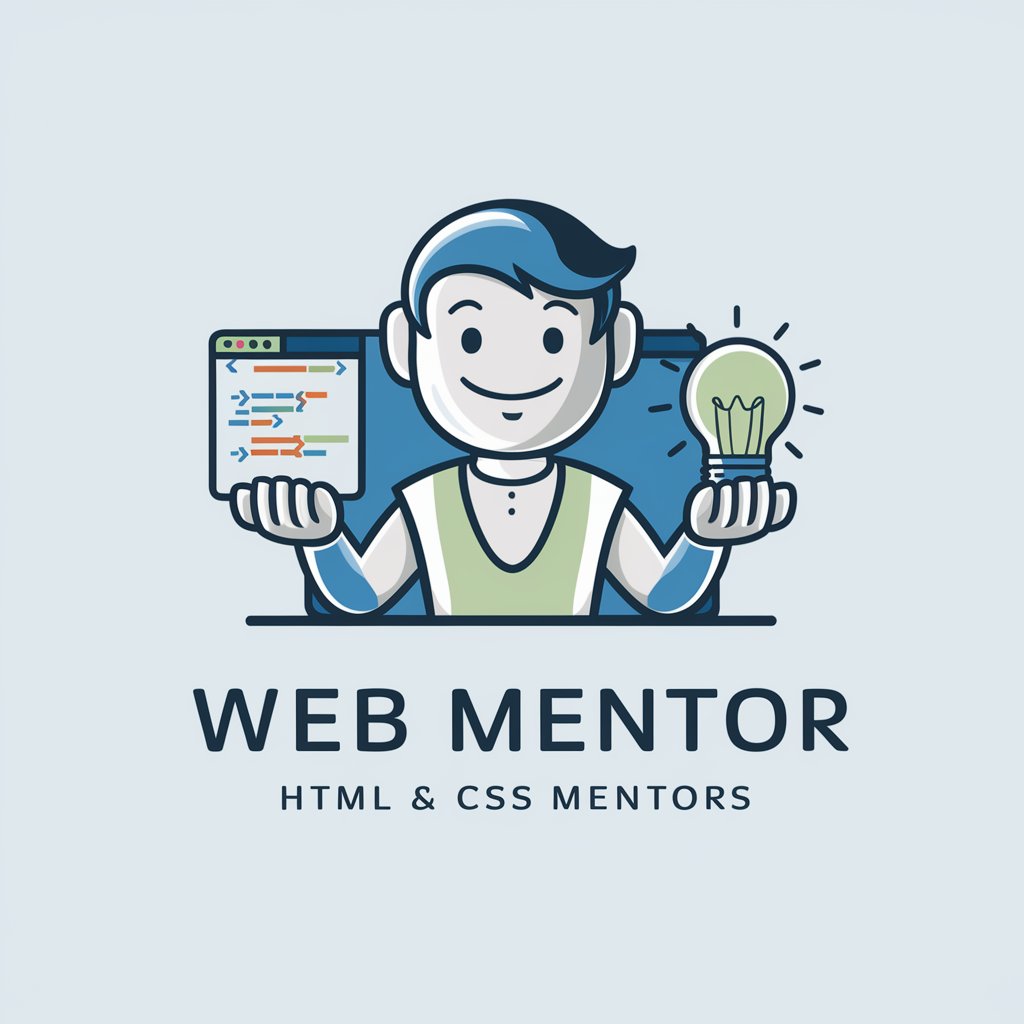
Welcome to Web Mentor! Let's master web design together.
Empowering Your Web Development Journey with AI
Explain the difference between inline and block elements in HTML.
How can I create a responsive navigation bar using CSS?
What are some best practices for ensuring website accessibility?
Describe the process of planning a website's structure.
Get Embed Code
Introduction to Web Mentor
Web Mentor is designed as a comprehensive guide for learners embarking on the journey of web development and design. It aims to demystify the complexities of creating websites by offering in-depth knowledge on a wide range of topics, including HTML & CSS, layout principles, image optimization, HTML5 structure, list manipulation, table creation, form development, color theory, text formatting, box model understanding, and more. Beyond mere coding techniques, Web Mentor emphasizes the importance of design process and user experience, guiding users from conceptualizing a website to its final implementation. For example, a learner looking to create an accessible and responsive website will be guided through the process of selecting a color scheme that ensures readability for all users, designing a layout that adapts to various screen sizes, and implementing navigation that is intuitive for a wide audience. Powered by ChatGPT-4o。

Main Functions of Web Mentor
Design and Layout Guidance
Example
Teaching how to create a responsive web design that adapts to different device screens.
Scenario
A user planning to develop a personal portfolio wants it to look good on both mobile devices and desktops. Web Mentor provides step-by-step instructions on implementing flexible grids and media queries.
HTML5 and CSS3 Tutorials
Example
Introducing new HTML5 semantic elements and advanced CSS3 properties.
Scenario
A beginner in web development wishes to understand the role of semantic HTML5 in improving SEO and accessibility, as well as how CSS3 can be used for animations and transitions. Web Mentor offers detailed tutorials and examples.
Color Theory and Typography
Example
Explaining how to choose complementary color schemes and readable font pairings.
Scenario
A user wants to redesign their blog to make it more aesthetically pleasing. Web Mentor guides them through selecting a harmonious color palette and typography that enhances readability and visitor engagement.
User Experience Optimization
Example
Advising on navigation structure, call-to-action buttons, and loading times to improve overall user experience.
Scenario
An e-commerce site owner seeks to increase conversion rates. Web Mentor provides insights into optimizing site navigation, creating effective call-to-action buttons, and reducing page load times to facilitate a smoother user journey.
Ideal Users of Web Mentor Services
Beginner Web Developers and Designers
Individuals new to web development who seek a foundational understanding of HTML, CSS, and web design principles. They benefit from Web Mentor's step-by-step tutorials and practical examples that make learning accessible and engaging.
Educators and Students
Teachers looking for resources to introduce web development concepts to their students and students undertaking web development courses. Web Mentor serves as an excellent supplementary tool, providing detailed explanations and examples to reinforce classroom learning.
DIY Business Owners
Small business owners or entrepreneurs who wish to create or manage their own website without extensive technical knowledge. They benefit from Web Mentor's guidance on user experience, responsive design, and visual aesthetics, which are crucial for a successful online presence.

How to Use Web Mentor
Start Your Journey
Visit yeschat.ai for a complimentary trial, accessible immediately without the need for a ChatGPT Plus subscription or any login credentials.
Define Your Goals
Identify the specific areas you want to learn or improve upon, such as HTML basics, CSS styling, web design principles, or responsive layouts.
Ask Your Questions
Pose your questions or describe the project challenges you're facing. Be as detailed as possible to receive tailored guidance.
Implement the Advice
Apply the suggestions and best practices provided by Web Mentor to your projects. Practice is key to mastering web development.
Review and Refine
Evaluate the changes and improvements. Don't hesitate to ask follow-up questions to refine your skills and understanding further.
Try other advanced and practical GPTs
InfluencerGPT
Elevate Your Social Presence with AI
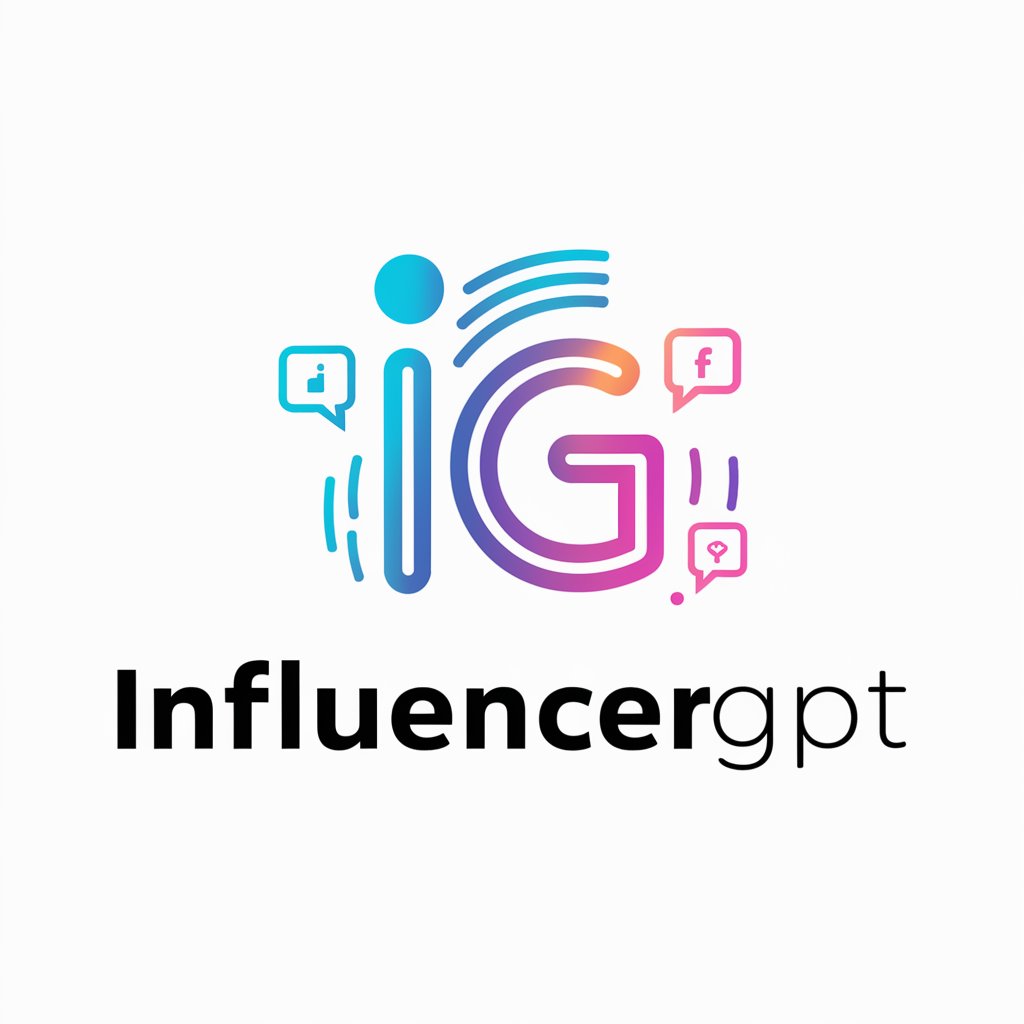
만화 만들기
Bringing Stories to Life with AI
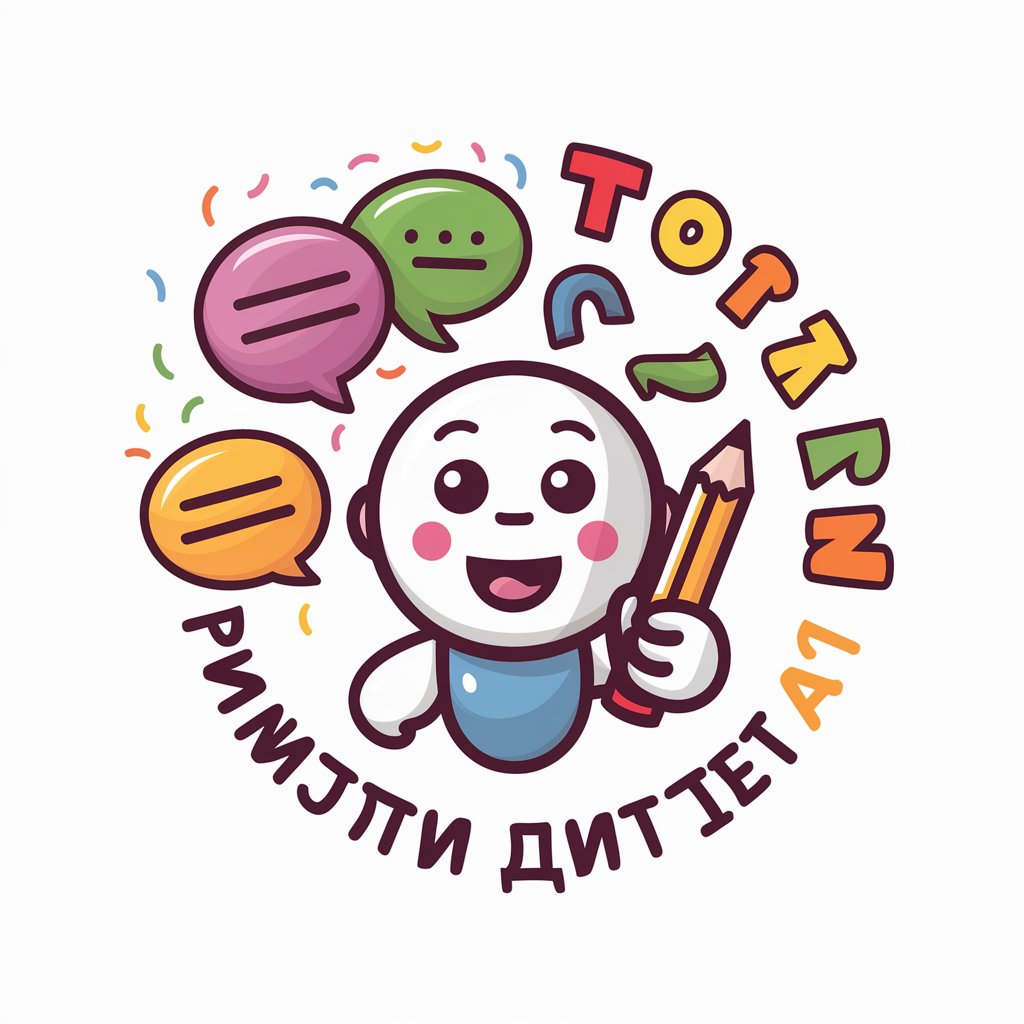
Bulgaria GPT
Empowering Bulgarian Communication with AI

개발자 도움이
Streamlining your development setup with AI
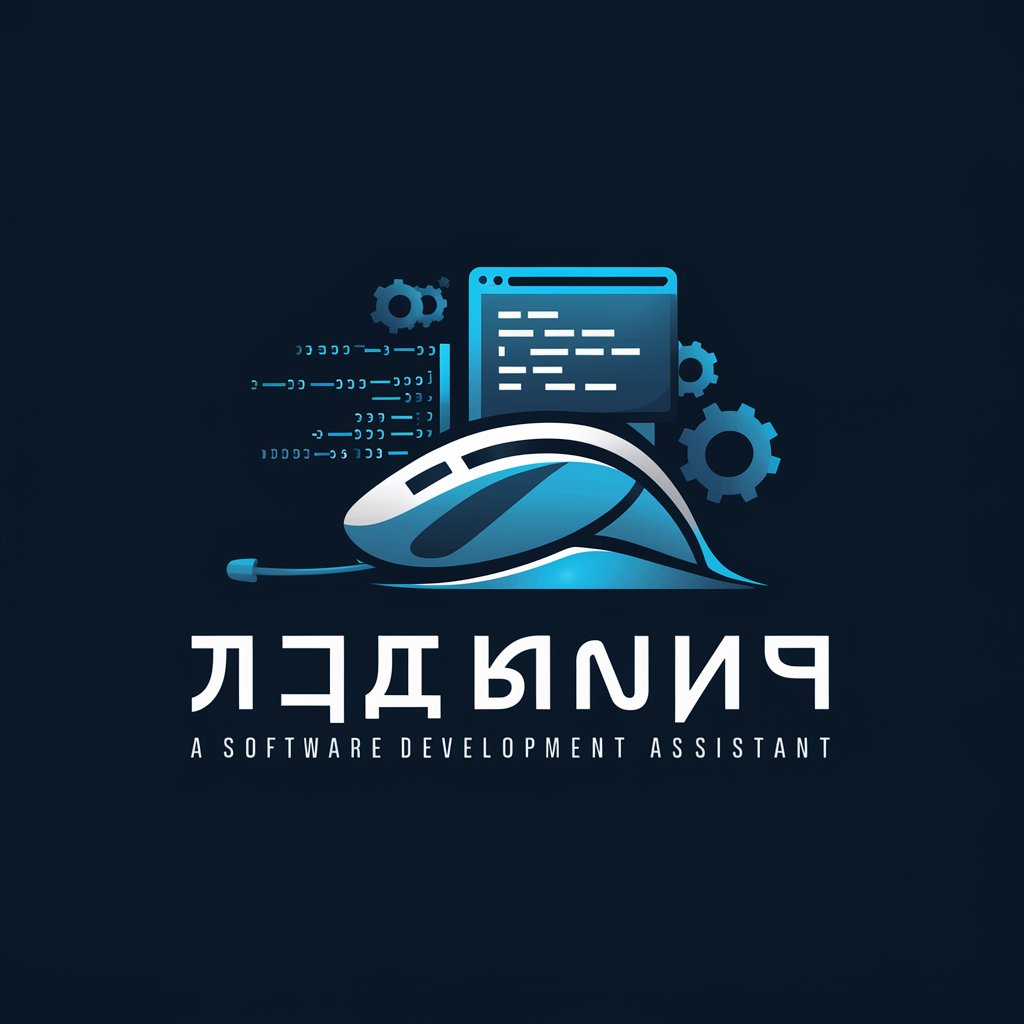
Ask Albert Einstein
Converse with the mind of Einstein

Sustainable Textilepedia
Empowering sustainable textile choices with AI.

Médical Advisor Pro Enhanced
Empowering your health journey with AI
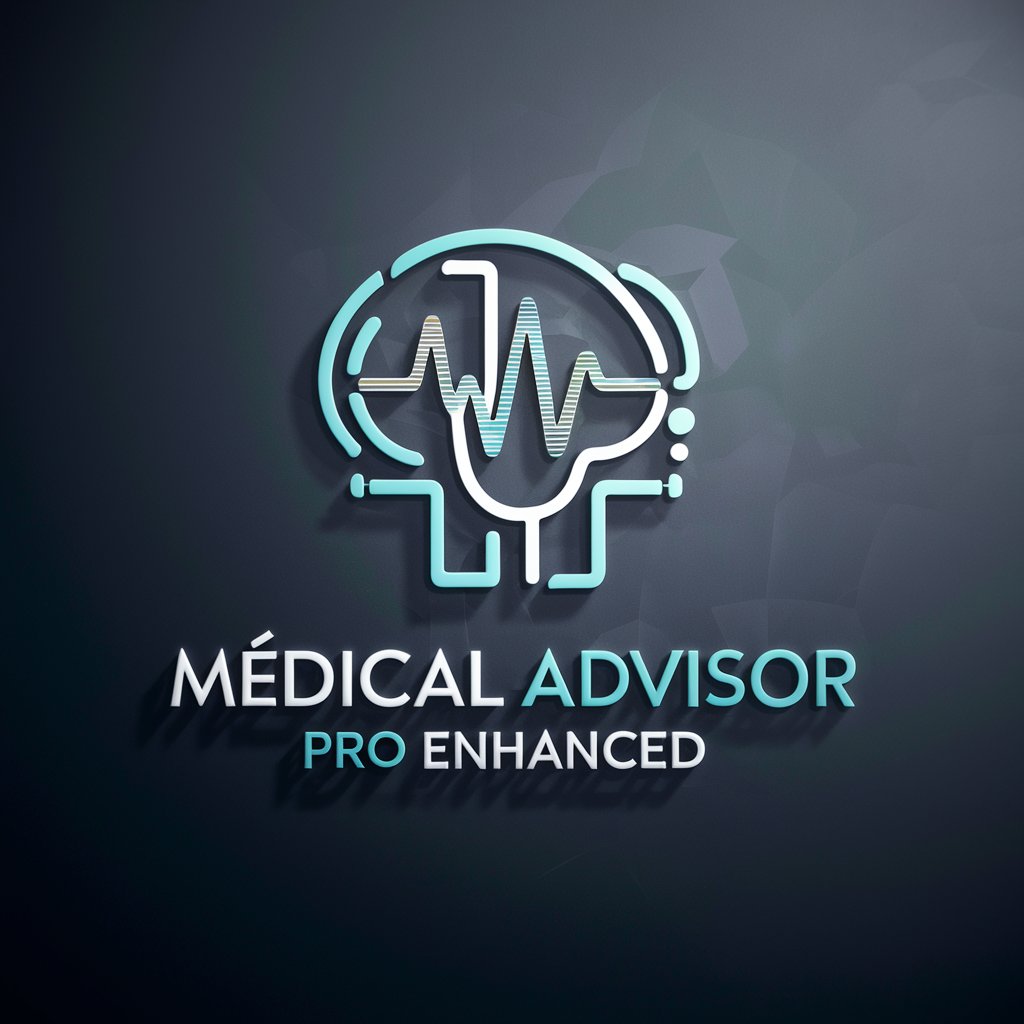
PDF Expert
AI-Powered PDF Understanding

Brasil GPT
Empowering Brazil with AI Conversations
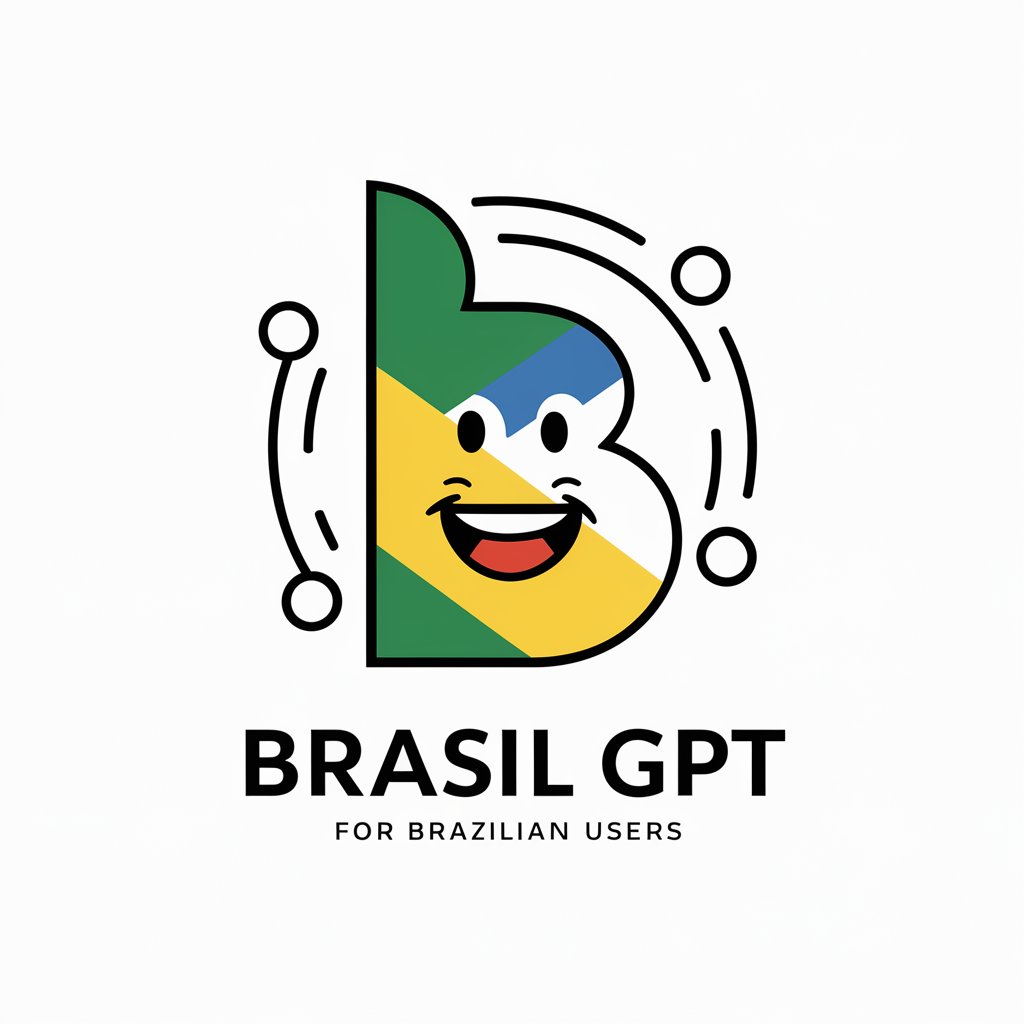
MESTRE - Kung Fu
Empowering Kung Fu Mastery with AI

London Slang Translator
Translate text into London slang effortlessly.
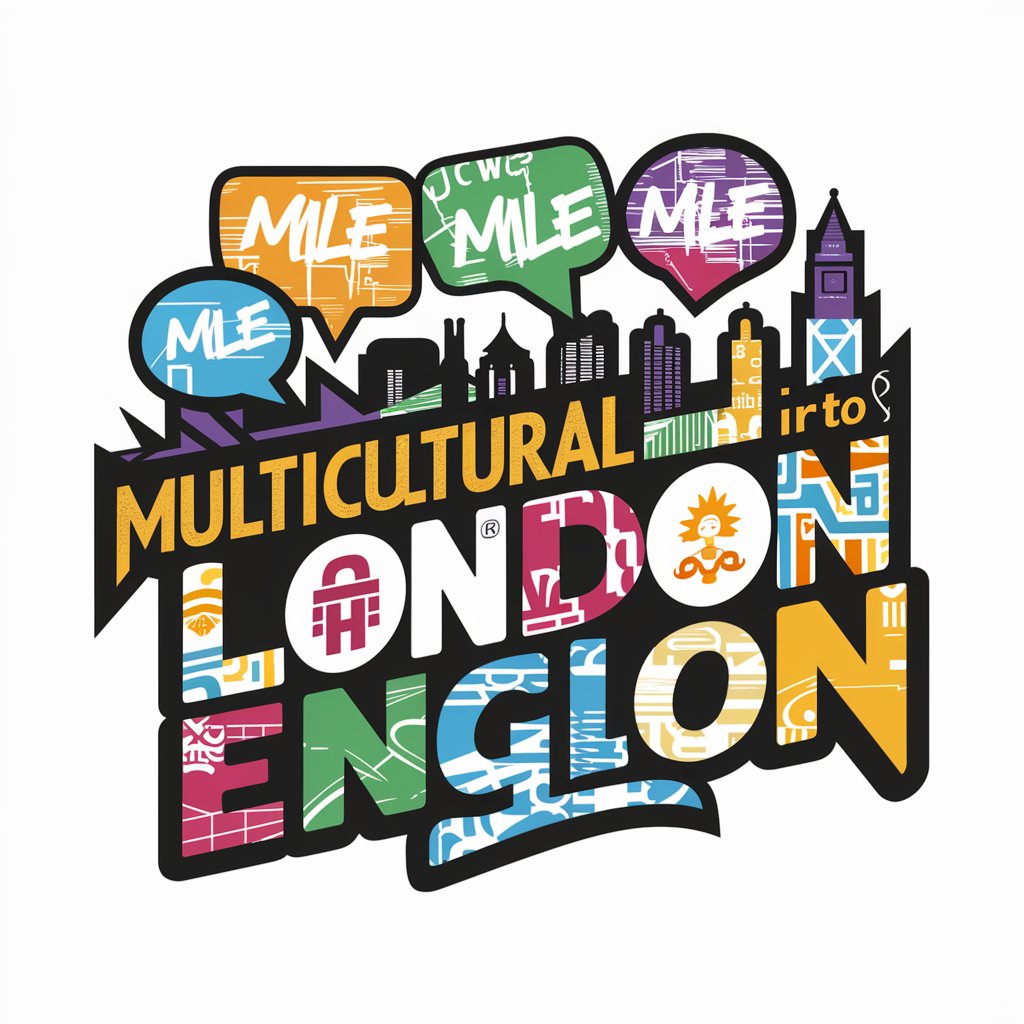
Death Day Buddy
Discover Your AI-Predicted Death Day

Frequently Asked Questions about Web Mentor
Can Web Mentor help me choose a color scheme for my website?
Absolutely! Web Mentor can guide you through the process of choosing an effective color scheme based on your website's goals, target audience, and branding, ensuring it's aesthetically pleasing and accessible.
Is Web Mentor suitable for beginners with no prior coding experience?
Yes, Web Mentor is designed to assist learners of all levels, including complete beginners. It provides clear explanations and practical examples to make web development concepts accessible to everyone.
How can Web Mentor assist with responsive web design?
Web Mentor offers guidance on best practices for creating responsive layouts using CSS media queries, flexible grid systems, and fluid images, ensuring your site looks great on all devices.
Can I get feedback on my web project's structure from Web Mentor?
Definitely! You can describe your project's structure and objectives, and Web Mentor will provide feedback on organization, semantic HTML use, and how to improve the site's navigation and user experience.
Does Web Mentor offer advice on web accessibility?
Yes, Web Mentor emphasizes the importance of making websites accessible to all users, including those with disabilities. It provides tips on semantic HTML, ARIA roles, keyboard navigation, and more to ensure your site is accessible.
